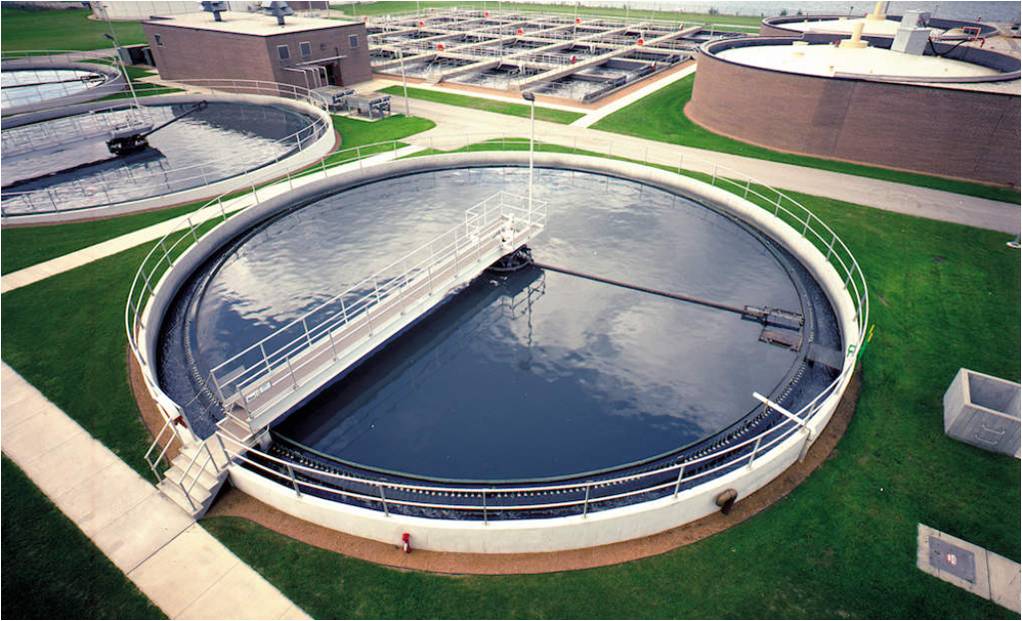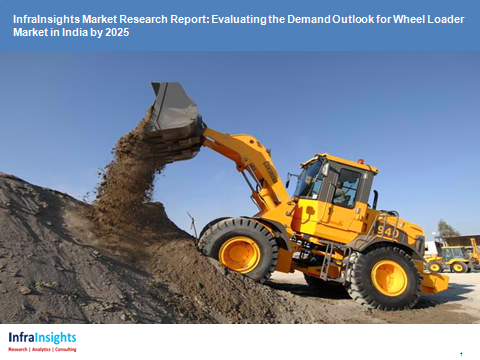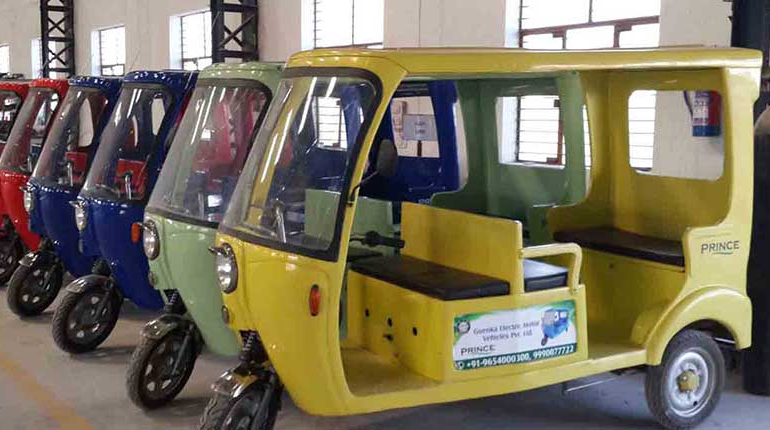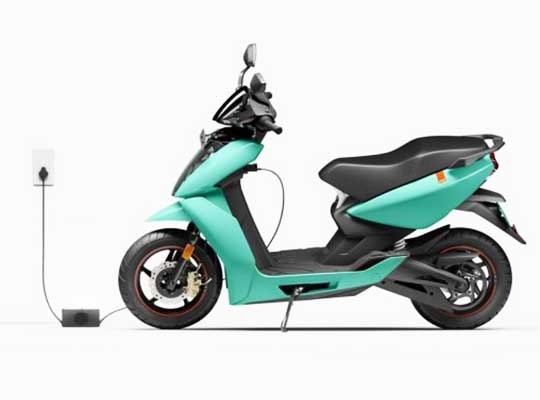Water is the next oil?! Water will become more valuable than oil as rising demand from people, industries and agriculture puts pressure on supplies, according to the chief executive of French utility Suez. And it’s evident when one does a deep dive into reports by multi-laterals on why India could soon be staring at water crisis. Hence the need to conserve water is growing by every passing day and hence water recycling is slated to become inevitable across all water guzzling metros in India. India’s biggest problem is its over-dependence on the monsoon. Just 60 per cent of the country receives irrigated water. The rest of the land is dependent on monsoon rains. The major problem here though is that India has not invested in irrigation for decades. Though investment in irrigation is rising, it will take years for the country to reduce its reliance on the monsoon. Even if it does this, the country also has to deal with the problem of water wastage with rainwater harvesting struggling to become popular in many parts of urban India. In non-urban areas, poor water management, deforestation and unchecked development are not allowing water bodies to be sufficiently regenerated. |
Many cities in India are already water starved and it’s because of one own wrong doings or instead let’s put other way round that we have been more ignorant towards this scarce resource which is almost available for free. There are three ways to overcome this crisis in the cities: reduce wastage, store rainwater and recycle used water. The potential of water recycling to meet non-potable needs such as for gardening, toilet and laundry, which accounts for at least 60 per cent of domestic water, use is huge. In fact, Brisbane, Singapore, Windhoek (Namibia) and California’s Orange County are recycling waste water for drinking. While the use of sewage for potable purposes is still to pick up in a big way globally, its use for non-potable ends worldwide is far more common. |
In Bengaluru, out of 1,600 million litres of day (MLD) of sewage that the city generates (about 80 per cent of water consumed is wastage), only about 600 MLD is treated by about 25 plants set up by the BWSSB as well as by apartment complexes, the total installed capacity being about 1,500 MLD. Of this 600 MLD, no more than a tenth is reused. For instance, the Yelahanka tertiary treatment plant supplies water for non-potable uses to the Kempegowda International Airport and a few other institutions. Most treatment plants treat water till the secondary stage, making it fit for discharging into the lakes or for certain industrial uses such as cooling. In Delhi, the situation is better on paper. A consumption of 3,420 MLD leads to waste water of over 2,600 MLD, of which 1,600 MLD is treated and 338 MLD is reused. However, that does not really explain why the Yamuna is such a dirty river. The Delhi government concedes that the low flow of sewage in STPs, and trunk and peripheral sewer lines still to be connected to them has impeded the effectiveness of sewage treatment. The waste water treatment scenario is much worse in Mumbai. According to officials in the Municipal Corporation of Greater Mumbai, out of 3,750 MLD supply, 2,300-2,400 MLD goes into the sea, almost untreated. MCGM officials claim that its seven STPs are working. Tenders have been placed for six sewage treatment plants, which will treat 2,600-2,700 MLD. Construction is expected to commence in October. |
InfraInsights sees water sector becoming the next multi-billion opportunity on both new project as well as R&M of existing capacities and hence this report aims to quantify the opportunity through extensive primary research. The report will be indispensable source of information & insights for companies operating in the water & waste water treatment space as well as companies that want to enter this very promising sector which while currently seen as largely controlled by government, will soon see a sea of change that will have larger private sector participation |
- Executive Summary
- Approach & Methodology
- Water & Waste Water Treatment Market Landscape
- Key Stakeholders & their role
- Suppliers
- Channel
- End User
- Pollution Control Board
- Key Stakeholders & their role
- Water & Waste Water Treatment Capacity in India
- Water consumption
- Sewage Generation
- Treatment Installed capacity
- Capacity Gap
- Products & Technologies Used in water treatment, ETP, STP and water recycling
- Type of Treatment
- Primary
- Secondary
- Tertiary
- Type of Treatment
- Overview on OEMs in Water Treatment Segment
- Classification based on operations
- Large
- Medium
- Small
- Classification based on ownership
- Domestic Firms
- International Firms
- JVs
- Offerings of OEMs
- Key selling practice of OEMs
- Services provided by key OEMs
- Business model of OEMs
- Classification based on operations
- Water treatment project execution landscape
- Regulatory landscape governing water and waste water treatment industry in India
- Market Size Estimate 2017-18
- Market by type of projects
- Water recycle
- STP
- Water Treatment
- ETP
- By type of business
- Project
- Product
- Services / Spares
- Market by segments
- Commercial
- Community
- Industrial
- Market by region
- West
- East
- North
- South
- Market by players
- Small & Unorganized
- Medium OEMs
- Large OEMs
- By type of product
- Retrofit & Augmentation
- Standard Products
- By type of services
- Spares
- VAS
- VAS
- O&M
- Market by type of projects
- Component Industry Structure
- Components supplied
- Pumps
- Valves
- Membranes
- Membrane housings
- FRP Vessels
- Resins
- Pressure Tubes
- Components supplied
- Market estimate by components in 2017-18
- By products – Filters, Dosing Pumps etc
- Water treatment & recycling needs of different industries
- Power
- Steel
- Refinery
- Textiles
- Chemicals
- Hospitals
- Pharma
- Food & Beverage
- Commercial
- Municipality
- O&M cost of water treatment & recycling across different industry segment
- Operations Cost
- Maintenance Cost
- Total Cost of treated water
- End user industry view on different OEMs
- Reach
- Design Capability
- Product Range
- Quality
- Equipment Make
- Job Execution Capacity
- Price
- O&M contract
- AMC
- Need Gap analysis of end user industry
- Need Gap
- Spend levels
- Service expected
- Water Utility O&M Trend in in-house vs outsourcing
- Key demand drivers of water and waste water services in India
- Investment in industrial, commercial & community projects
- Servicing of existing water treatment & recycling units
- Services, Retrofit and augmentation among the existing units
- Demand from end user
- Projected market for services in water and waste water treatment in India by 2024-25
- New Project Demand
- Investments across end user segment
- Norms on spend on water and waste water treatment in greenfield projects
- Norms on spend on services as % of project cost at a segment level
- Likely growth rate in water and waste water treatment projects expected
- Services, Spare and AMC Demand
- New Project Demand
- Overall GTM
- Spares
- Water Utility O&M
- Retrofit & Augmentation
- Spares
 We create value for our customers by amalgamating deep functional and energy industry expertise. Our solutions range from in depth research reports to advisory services enabling our customers with energy market insights to take informed decisions, grow and improve on their competitiveness.
Leveraging our breadth of geographical reach we provide solutions in entire energy value chain be it coal, power, oil and gas or renewable. We are a reliable and efficient source comprising of best in class talent pool which provides answer to all the challenges of the energy industry
We create value for our customers by amalgamating deep functional and energy industry expertise. Our solutions range from in depth research reports to advisory services enabling our customers with energy market insights to take informed decisions, grow and improve on their competitiveness.
Leveraging our breadth of geographical reach we provide solutions in entire energy value chain be it coal, power, oil and gas or renewable. We are a reliable and efficient source comprising of best in class talent pool which provides answer to all the challenges of the energy industry



